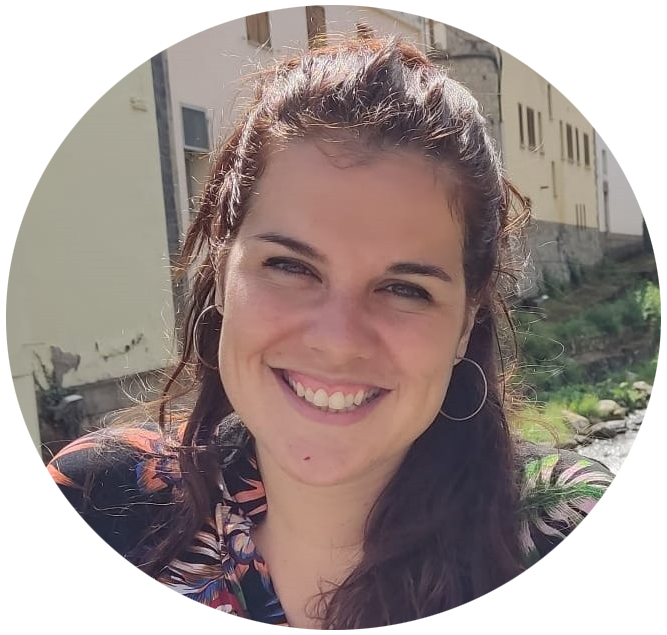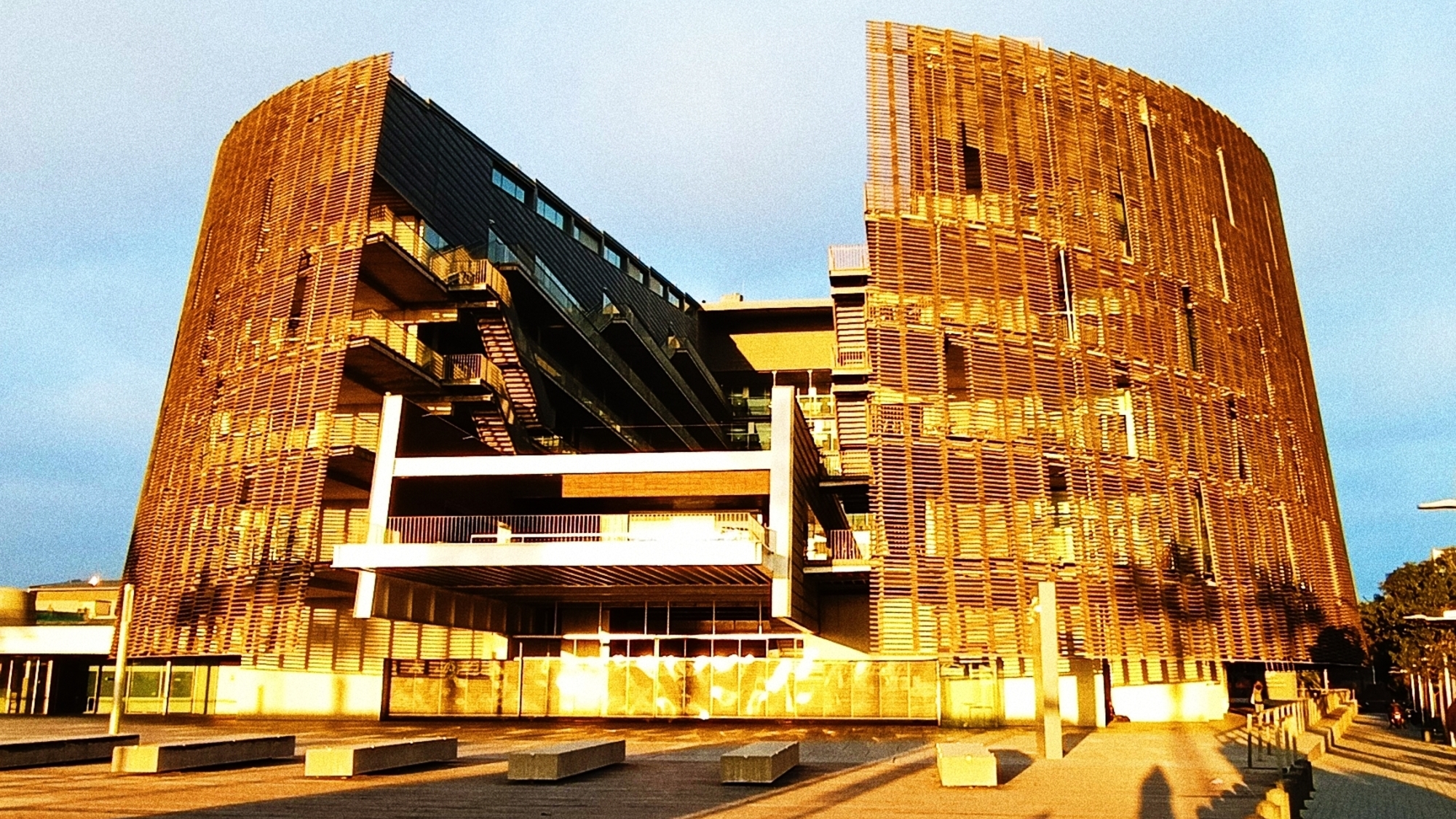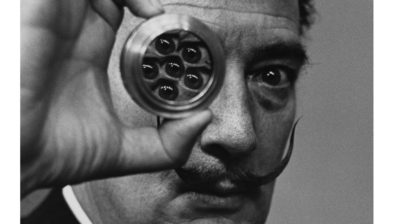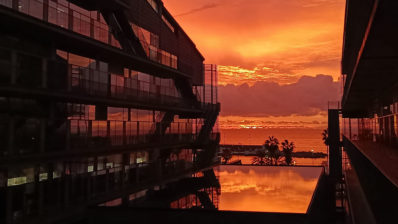Gold is a symbol of luxury and wealth. It is the most malleable, shiny metal, and is also very conductive and very resistant to corrosion. These properties make gold so special and have many specific uses.
Every morning, the PRBB (Barcelona Biomedical Research Park) building is bathed in gold these days. As if nature itself informed us of the added value of the building for all the scientific advances that are generated inside. It is not gold, nor is it worked with gold, but knowledge and research are as valuable or more valuable than gold. It investigates how to save lives and how our body works, new ways to deal with cancer and other diseases, and so on. And all this means that science is always kept alive with the constant work of some 1300 scientists.
We take the opportunity to disprove a small myth: it is said that gold does not oxidize. This is not entirely true. Oxidation is an exchange of electrons, and it is true that other metals have it easier, as they do so with the oxygen around them, generating the oxide faster. Gold has a higher oxidation potential and does not exchange electrons as easily with oxygen or water. But over time, it can also be affected if left untreated. Thus, gold can also oxidize, unless it is kept pure.
Like gold, the PRBB must be cared for, nurtured, and flexible in the context of science, constantly adapting to new discoveries, training and being up to date to never be left behind, and continue to shine and not oxidize, keeping science pure.
Thanks to Clara González of the Hospital del Mar Institute for Medical Research (IMIM) for reminding us with this photograph that science keeps shining in the park every day!
Want to see your photo here? Send us images related to science or life at PRBB a ellipse@prbb.org.







